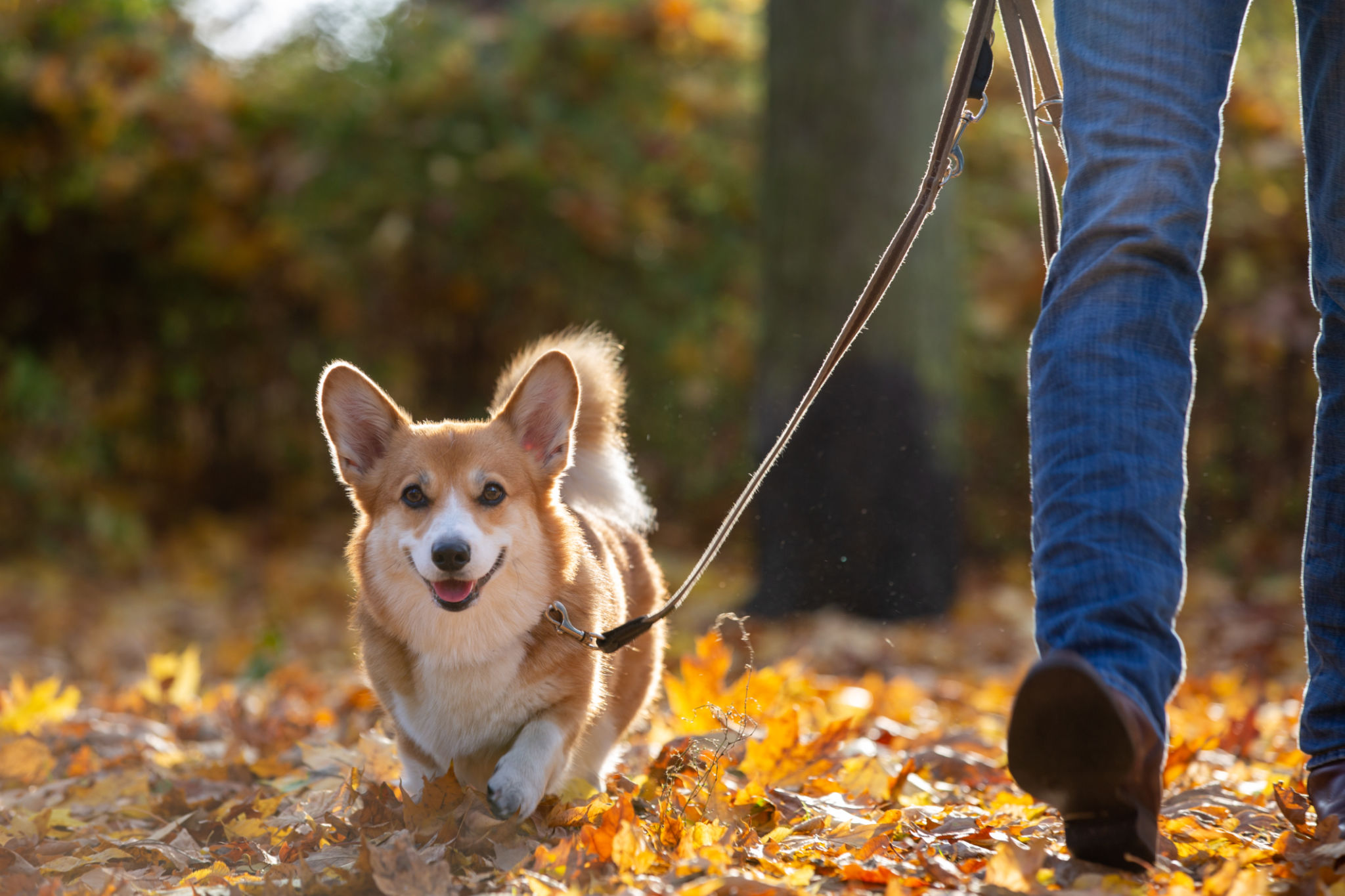Preparing Your Dog for the Seasons: Walking Tips for Every Weather
Understanding Your Dog’s Needs
As the seasons change, it's essential to adjust your dog's walking routine to keep them comfortable and safe. Each season brings unique challenges and opportunities, so being prepared can make all the difference in your daily walks. From sweltering summer days to icy winter mornings, understanding your dog's needs is key to ensuring their well-being.

Spring: Embrace the Bloom
Spring is a delightful time to explore the outdoors with your dog. However, it also means that allergens like pollen are in the air. If your dog suffers from allergies, try to walk them during early morning or late evening hours when pollen counts are lower. Additionally, be cautious of muddy paths and puddles which can lead to dirty paws and potential slips.
With the weather warming up, it's a great opportunity to increase the length of your walks gradually. This will help your dog build stamina for the more active months ahead. Always keep an eye out for ticks and fleas, as they become more active during this season. Regular grooming and preventive treatments can help keep these pests at bay.
Summer: Beat the Heat
Summer sun can be harsh on your furry friend. To avoid heatstroke, schedule walks during the cooler parts of the day, such as early morning or late evening. Always bring water to keep your dog hydrated, and try to find shaded paths or parks for your outings.

Pavement can get extremely hot during summer, potentially burning your dog's paws. Test the ground with your hand; if it's too hot for you, it's too hot for your dog. Consider investing in protective booties or stick to grassy areas. Be mindful of signs of overheating, such as excessive panting or drooling, and take breaks as needed.
Autumn: Enjoy the Crisp Air
Autumn offers a wonderful respite from summer's heat and is a perfect time for longer, more invigorating walks. The cooler temperatures mean less risk of overheating, but it’s still important to monitor your dog's activity level and adjust accordingly.
Fallen leaves can hide hazards like sharp objects or uneven ground, so keep a close eye on where your dog is stepping. As daylight decreases, consider reflective gear for you and your dog to ensure visibility during early morning or evening walks.

Winter: Stay Warm and Safe
Winter weather brings its own set of challenges, from icy sidewalks to freezing temperatures. Invest in a good quality dog coat or sweater, especially for short-haired breeds or smaller dogs who are more prone to feeling cold.
Salt and chemicals used to melt ice on roads can irritate your dog's paws. After each walk, wipe their paws clean with a damp cloth to remove any residue. Be cautious of ice patches that can lead to slips and falls, both for you and your dog.
General Tips for All Seasons
- Hydration: Always carry water for your dog, regardless of the season.
- Leash Safety: Ensure your dog's leash and collar are in good condition to prevent accidents.
- Check-ups: Regular veterinary check-ups can help identify any seasonal allergies or health issues early on.
By preparing for each season's unique weather conditions, you can ensure that walking remains a pleasurable and safe activity for both you and your dog. Happy walking!